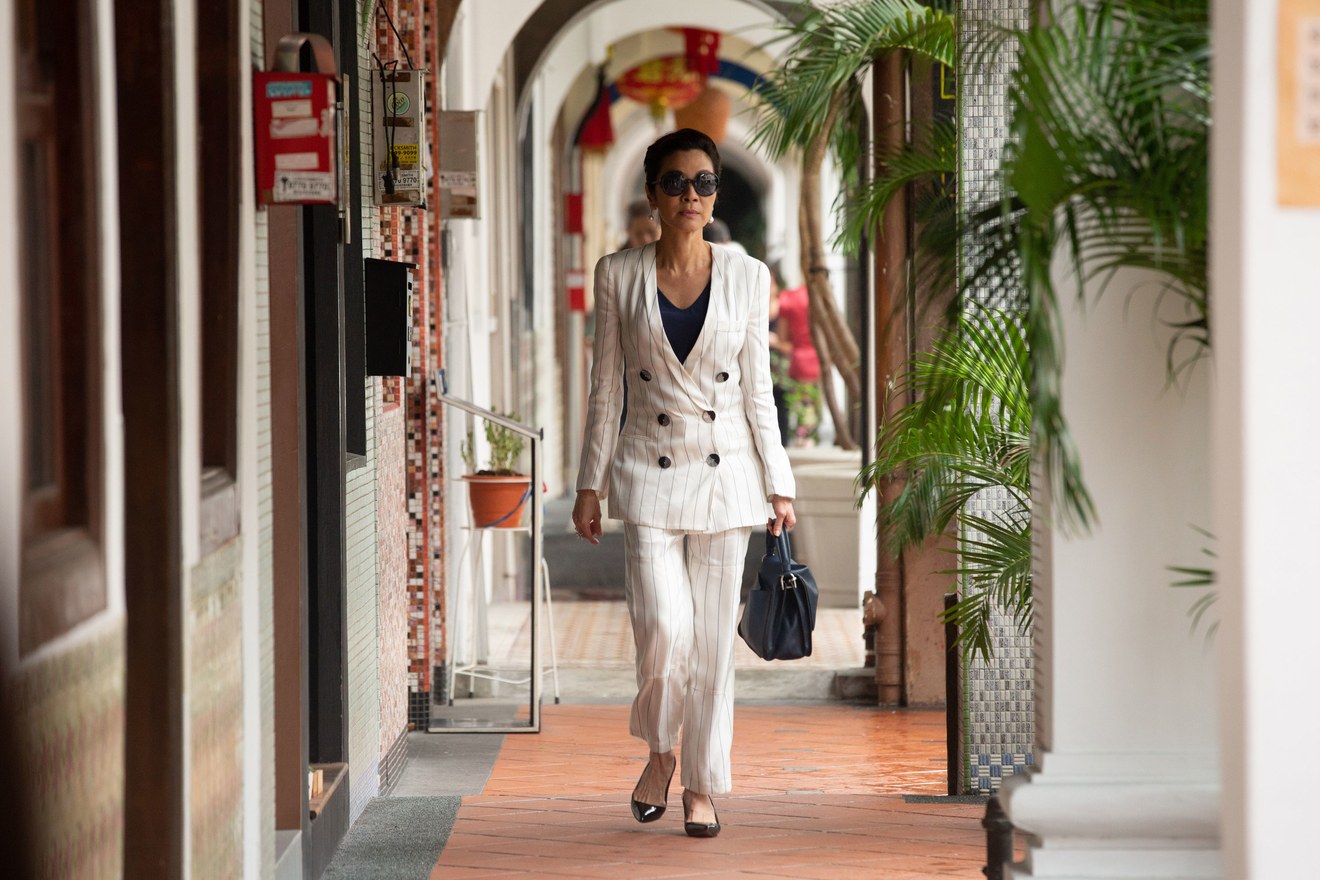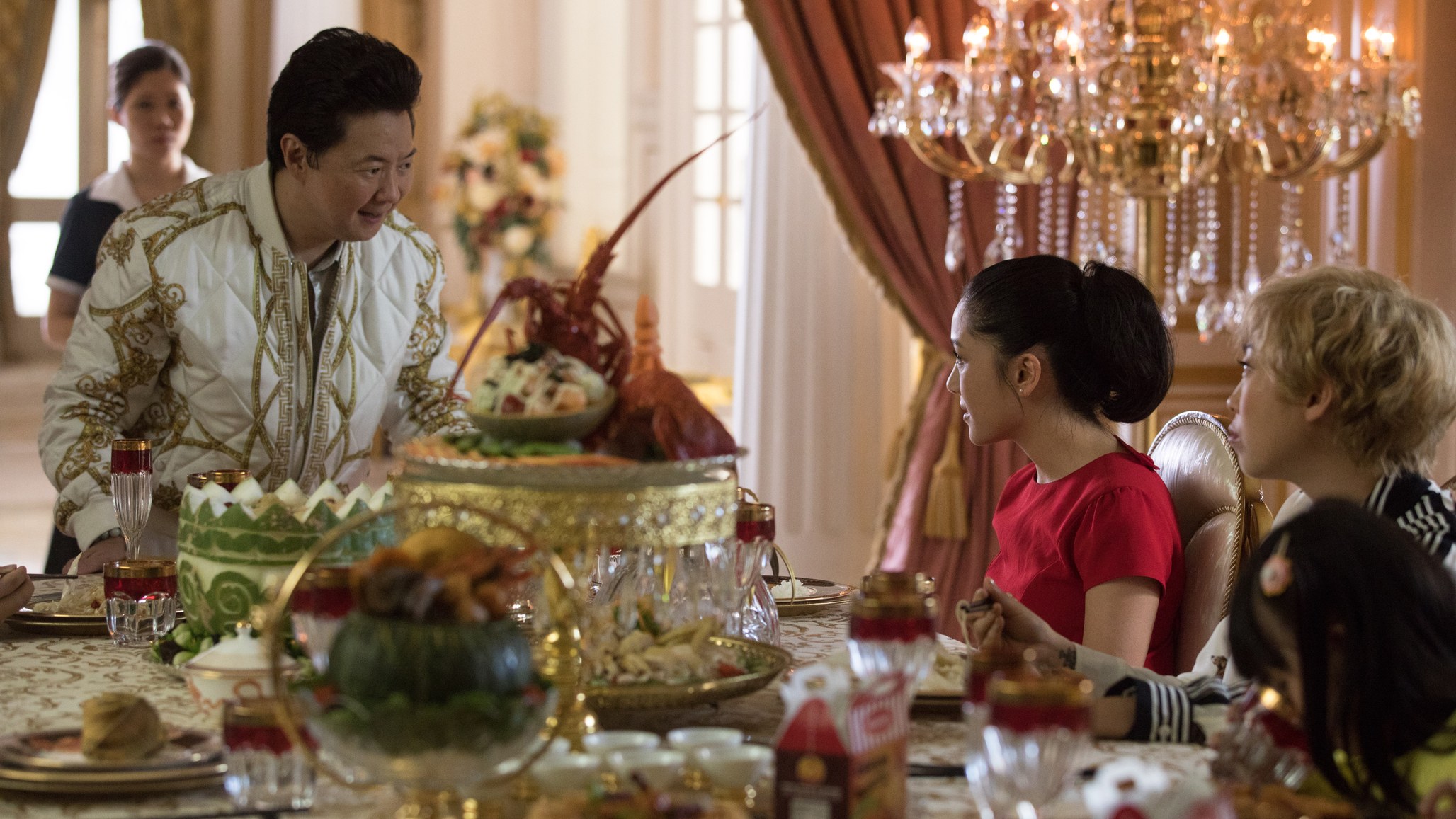KRISTIE LUI discusses what Jon M. Chu’s Crazy Rich Asians gets right, but mostly what it gets wrong.
Jon M. Chu’s grand cinematic adaptation of Kevin Kwan’s 2013 novel Crazy Rich Asians provides American cinema with a portrayal of East Asians that it so direly needed. It is the first movie from a major Hollywood studio in twenty-five years to feature a full Asian cast – the last being the adaptation of Amy Tan’s Joy Luck Club, a novel focused on the lives of eight Chinese American immigrants. Crazy Rich Asians is a romantic comedy starring Constance Wu, Henry Golding and Michelle Yeoh as leading roles. The film topped the U.S. box office with a jaw-dropping $35 million in returns in its first five days in theatres. The figures speak for themselves – in fact, they act as a powerful cry, demanding more Asian stories and representations on the big-screen.
‘Please let this be good…’ and a thousand other anxious thoughts simmered in my mind as the movie began. I left my angst behind as scenes revealing food, flavours, and ingredients of Southeast Asia exploded on the screen. As an overseas student living in an anglicised country for most of the year, my heart squeezed with love and homesickness as I saw the characters parade through the exorbitant streets of Singapore. Despite the film’s severe over-generalisation of the ‘Asian’ demographic and its acute clichés of the city, I found myself grasping at any representation I could get of people who looked like me. I felt proud that a film with a full Asian cast was finally hitting the headlines.
The movie follows Rachel Chu (Constance Wu), a young economics professor, and her boyfriend Nick Young (Henry Golding). The couple travels from New York to Singapore –where the bulk of the film is set – to introduce Rachel to Nick’s influential circles and attend a $40 million wedding. In the film, the Young family is one of the biggest property superpowers and of Peranakan descent. Their sizeable fortune would have been made over several generations, when Chinese merchants travelled to the Malay Archipelago between the 15th and 17th centuries to buy land, trade goods and mediate politics. Nick is the most likely to inherit his family’s colossal fortune. He unknowingly throws Rachel in the deep end by not ‘prepping’ her to meet the expectations of his traditional mother, the intimidating Eleanor Young (Michelle Yeoh). Throughout the film, Rachel combats Eleanor for approval so that Nick does not have to choose between his family and their relationship.

These undertones – of navigating family politics – are thinly veiled under a sleek rom-com. I laughed when Rachel exclaims: ‘I’m a Chinese economics professor, how can she not like me?’ in response to whether a Chinese mother would approve of their relationship; and I cried when the family demands that the couple severs ties. Despite the plot’s dramatised complexity, the film takes care to tune in the three dimensionalities of its characters. It avoids the usual flattening of Asian characters into token roles – all too commonly used by films as a badge of diversity. One of the movie’s finest features is that it keeps sight of the traditions into which the characters were born.

However, despite its efforts, Crazy Rich Asians might ultimately be a movie that reiterates the old Hollywood habit of exoticizing East Asian cultures. The shareable dishes, the assortment of Nyonya Kueh (a set of bite-sized desserts) set out for Eleanor, the folding of dumplings used as a metaphor to represent the fruits of one’s labour: all these are everyday practices in many Chinese-Singaporean families. Yet they exist not as normal features of the film, but as marvels that make the crazy and rich Asian. In other words, the film only praises the elements needed to entertain its Western audience. The characters’ culture is never depicted as conventional but rather as an alien, invariably colourful set of habits. Crazy Rich Asians fails to provide an accurate picture of the lives it claims to represent. The sarcasm and self-criticism that originally imbued Kevin Kwan’s book are lost in the movie’s lavish plating, whose garish celebrations paint a sugar-coated Singapore.
It also becomes staggeringly clear in the first half an hour of the movie that there would be little room for other Singaporean ethnicities to claim space on screen. Though I enjoyed seeing an inversion of Hollywood’s racial roles where white people were used as token characters, the whole cast remains unanimously Peranakan Chinese – an ethnicity which makes up less than a third of the total population of Singapore. The movie ends up feeling more like a fictitious advertisement than an exploration of the city state’s diverse cultural heritage.
Singapore’s population is a composite of racial, ethnic, religious and cultural diversity. The film perpetuates the misleading belief that Singapore is mostly populated by crazy, rich and Chinese Asians. This single narrative is harmful to other ethnicities in the region who are in equal need of representation in Hollywood. I lamented the absence of Southeast and South Asian characters despite their economic, political, and social contribution to real-life Singapore. Through the crowds of the rich and famous in Crazy Rich Asians, not one is distinctively Malay, Indian, Tamil, Indonesian or Filipino. The film upholds local biases, representing only the rich and powerful as the light-skinned Chinese population.
It might be unfair to expect a single film to compensate for twenty-five years of underrepresentation. It is a tall order to expect Crazy Rich Asians to fully capture the sheer diversity of Singapore in a two-hour picture. Chu told the Hollywood Reporter a few days before the movie’s release that ‘the moment you bring up an Asian-led movie, there’s one example to point to, and that’ll be us. To be on the biggest stage with the biggest stakes – that’s what we asked for.’ I had my reservations: shouldn’t a film like Crazy Rich Asians try to accommodate the demands of both its Western and Asian audiences? What if it took another 25 years before the next ‘breakthrough’ movie with a full Asian cast, and that this was simply another Joy Luck Club? I enjoyed Crazy Rich Asians as a romantic comedy but find myself sceptical at its turning into a socio-politically charged statement. Perhaps I have become a strange embodiment of the stereotypical, overbearingly strict ‘Tiger Mother’– endowing the movie with excessively sharp criticisms while expecting the final product to be a cure-all.
Featured image source: New Yorker. Henry Golding as Nick Young, and Constance Wu as Rachel Chu.
Crazy Rich Asians is on general release.

